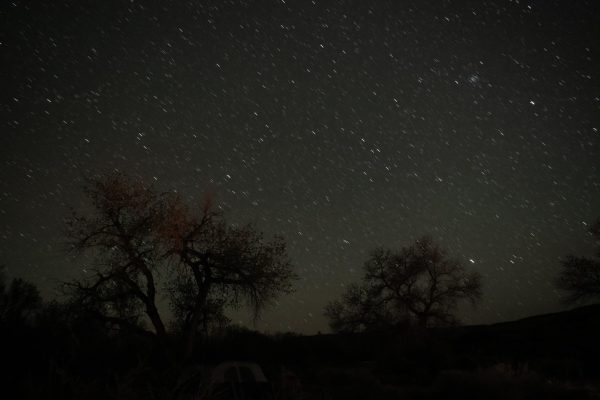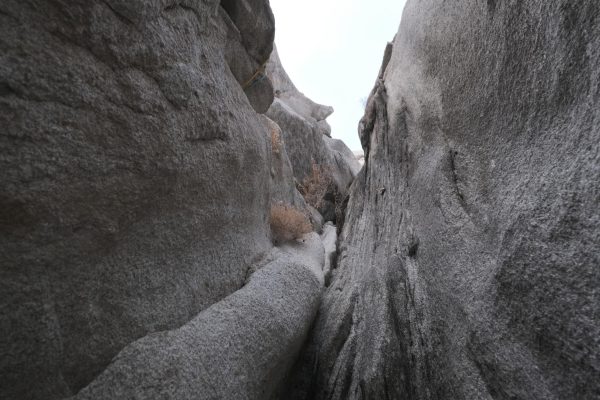Utah’s Native Pharmacy
The natural world holds within it the wonders of healing. Each blade of grass, riverside cattail, or desert brush possess medicinal properties that our ancestors, or early humans, once relied entirely upon for all ailments. Prickly Pear Cactus, Blue Lupine, Thread Leaf Ragwort, Fleabane, Fern Bush, and Forget-Me-Nots, all found in Utah, beautifully disguise the medicinal value within. Beware, because while these plants have incredible healing properties, like most things, they are dangerous when not used in moderation. It is essential that they are consumed and used according to specific species guides. It’s also important to carefully identify against lookalikes. This article is a suggestion of the plants to keep an eye out for when exploring Utah and its native flora species.
The Prickly Pear Cactus is an emblem of the Western Desert. Its spiky exterior represents the harsh and volatile nature of the dry climate, while its dewy interior reveals the true lifeblood of its survival. When consumed, the cactus can treat high blood pressure, inflammation, diabetes, and even hangovers. The plant’s flowers, fruit, and stems are edible and are often used in cooking but can be used in juices and smoothies as well. The Prickly Pear is a natural wonder due to its magical healing properties and benefits for people’s overall health.
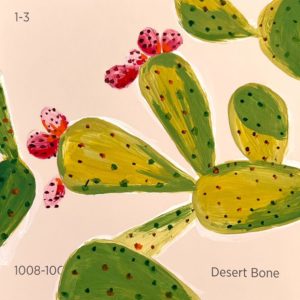
Native to Utah’s mountain climate, the Lupine is often found at lower and middle elevations. While it is frequently grown in domesticated gardens, Wild Lupine can be seen in the backcountry throughout the Wasatch Front. It has beautiful blue and purple flowers that grow from a center stalk. The most medicinally valuable part of the plant is the blossoms that can be infused in tea for the purpose of relieving nausea and stimulating urination. However, they are a risky plant. The seeds and flowers of certain species can be toxic if misidentified. Many sources discuss the risk Lupines carry due to the difficulty of distinguishing between the safe and the dangerous species, even for trained botanists. Although beautiful and sometimes healing, their danger tends to outweigh the benefits of their use.
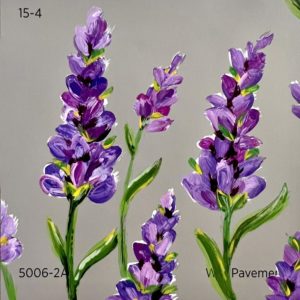
The Thread Leaf Ragwort is a widely used and generally safe plant for medicinal purposes, within certain bounds. Ragwort is useful when applied topically. The flowers and leaves can be ground up and applied directly to pimples as a spot remover. The paste can also relieve sore muscles and is often used as an ingredient in moisturizing salves. Despite the benefits of Ragwort as a topical agent, it should not be ingested. Over an extended amount of time, Ragwort can be damaging to the liver and requires careful use when ingested. The Thread Leaf Ragwort is also native to Utah and can be found throughout most of the Western United States. It is a plant that enjoys an arid climate and is found most frequently in the hotter, drier, southern parts of the state. The plant bears small yellow flowers and is a member of the Daisy family.
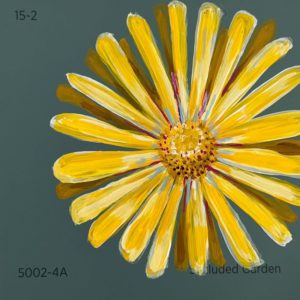
Fleabane is a highly abundant plant found practically everywhere. Its prevalence makes it a heavily researched and commonly used plant. The plant does not have one distinguished use, making it very versatile for overall healing. All parts of the plant are used in different medicinal practices, especially by the Cherokee tribe. Fleabane is said to relieve headaches, colds, and epilepsy. It can also be used to break fevers. The plant is most commonly consumed as a tea, but the roots can be chewed. Fleabane is very safe and low risk when consumed, except when allergic, as is the case with any foraged plant.
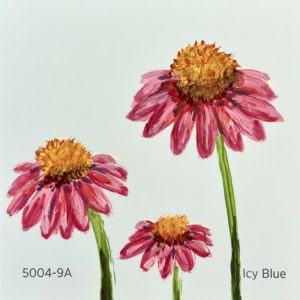
The Fernbush is found in the Western United States and can be identified by its beautiful white blossoms and notorious fern leaves, in addition to the aromatic smell they omit. The leaves of this plant are edible, and like most other plants, are consumed most commonly in the form of tea. Fernbushes, while beautiful, sweet-smelling, and edible, don’t provide much medicinal value for humans. However, they are friends of the biome. As native plants, they assimilate well to the natural precipitation of the West. Their roots are designed for low water and can adapt easily to outdoor conditions.
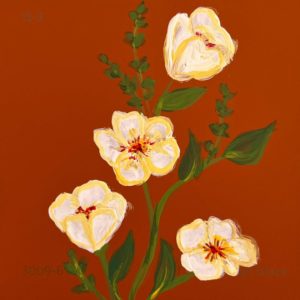
Forget-Me-Nots are another plant that can be found pretty much anywhere, although they are not native to Utah. These plants are indigenous to Europe, holding cultural significance to the Germanic people. When looking for Forget-Me-Nots, keep an eye out for a stunning blue blossom growing from a leafy ground bush. These are a plant worth identifying, as they are extremely helpful for issues frequently encountered when in the wild. Forget-Me-Nots are used for the healing of wounds, tightening of tissues, and, most importantly, as an antidote for poison. Poison poses a big threat in the backcountry because plants, without a trained guide, can look similar to one another. The consumption of the wrong plant can be a fatal mistake, especially when there is no access to medical care. In such situations, consumption or application of ground Forget-Me-Nots could ease the discomfort and pain of a poisonous encounter.
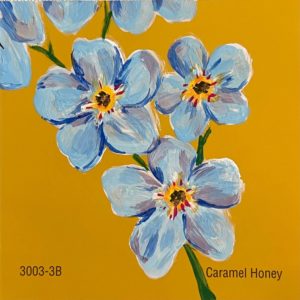
Learning to identify and properly use medicinal plants is a very valuable survival skill. With qualified training, you can become far more prepared should you experience difficulties in the wilderness. This is just one of the many valuable lessons that we can, and should, learn from our ancestors.
The post Utah’s Native Pharmacy appeared first on Wasatch Magazine.


